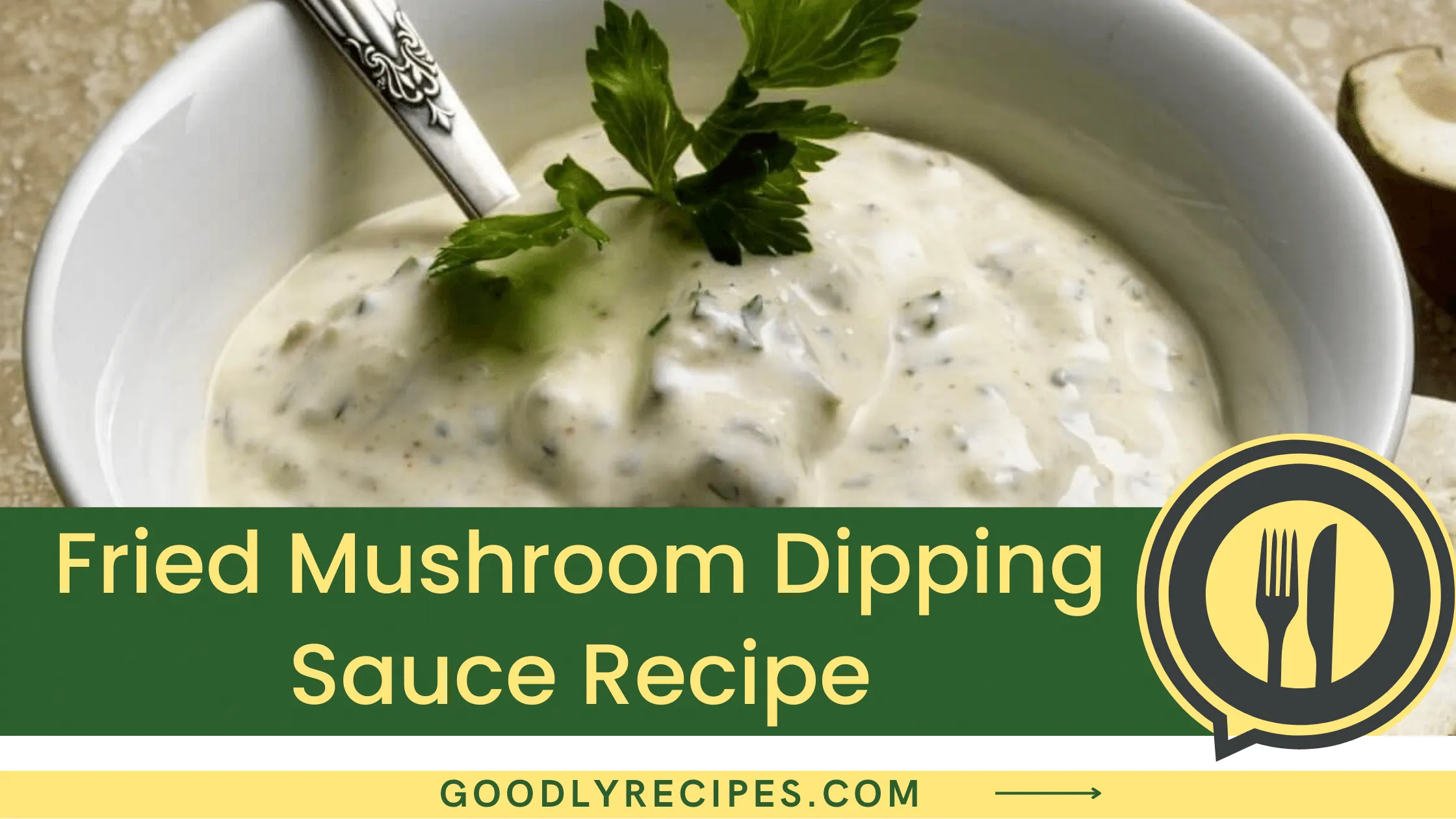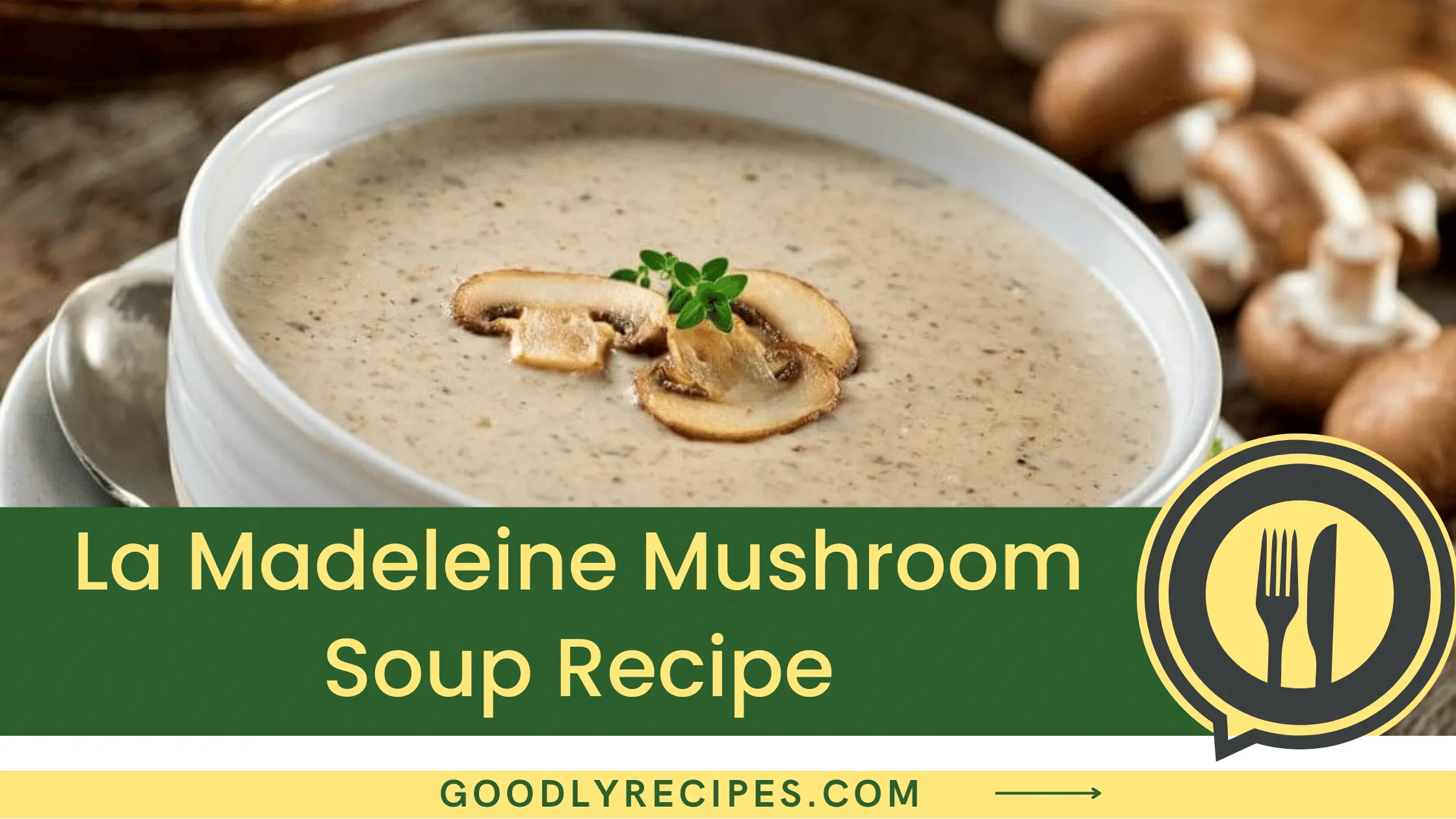Ah, the mighty morel mushroom! Known for its distinctive honeycomb appearance, and loved by gourmets around the world for its rich, earthy, and slightly nutty flavor, the morel is a delicacy that makes its fleeting appearance in the spring. But what if you could savor the exquisite flavor of morels throughout the year?
Unlike supermarket staples like button or portobello mushrooms, morels have a short season and a delicate nature, making them both rare and precious. Preserving these seasonal gems is not a straightforward task. Their sponge-like texture needs special handling to ensure that they maintain their integrity during freezing.
This blog post will take you through the steps necessary to freeze them, ensuring that you can relish their delightful flavor long after the season has passed.
Factors to Consider Before Freezing
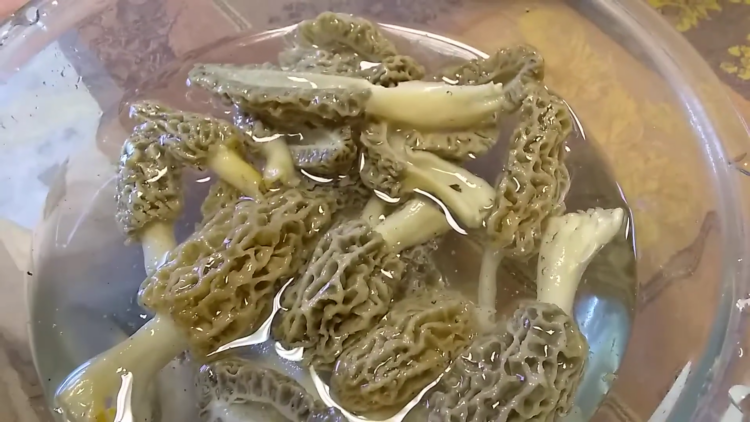
Before you freeze these gems, it’s essential to ensure that you’re starting with fresh, high-quality specimens. The quality of the frozen product is only as good as the quality of the fresh mushrooms you begin with. Mushrooms should be firm, not slimy, and free from mold or other damage.
Cleaning can be quite a task due to their unique honeycomb structure. They often hide bits of debris and tiny insects, which need to be thoroughly removed before freezing. One essential tip to remember is to never soak morels in water as it can make them soggy and ruin their texture. Instead, use a soft brush or damp cloth to clean them.
Proper preparation also involves deciding whether you want to freeze the morels whole or sliced. If you’re planning on using them in recipes where the shape is important, like stuffed morels, it’s best to freeze them whole. However, if you intend to use them in soups, stews, or sauces, slicing them before freezing could save you some prep time later.
How to prepare them for Freezing
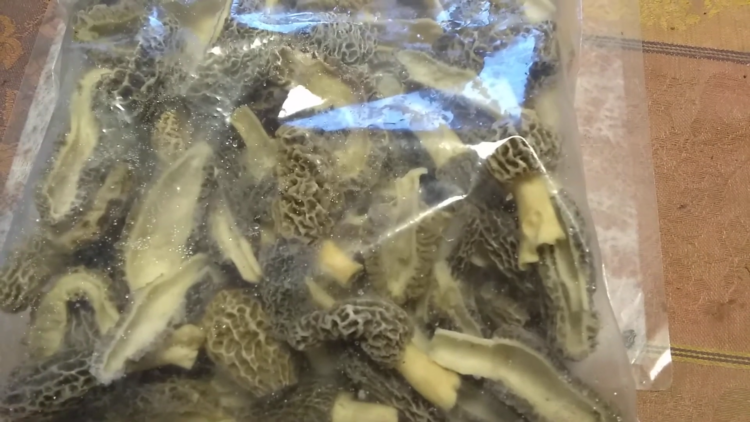
To begin preparing them for freezing, first give them a good but gentle brushing to remove any dirt or debris. Use a mushroom brush if you have one, but a clean, soft toothbrush will work too. If they are particularly dirty, a quick rinse under cold water can be done, but remember to immediately pat them dry to prevent them from becoming waterlogged.
Next, you need to check for any critters that might have made the mushroom their home. Cut the morel lengthwise from stem to top, and give it a gentle shake to dislodge any insects. If you find a lot of bugs, a short soak in a saltwater solution can help draw them out. Just be sure to rinse and dry them thoroughly afterward.
The last step in the preparation process is optional and depends on how you plan to use the morels. If you prefer, you can cut them into smaller pieces. Slicing them not only makes them easier to use in certain recipes, but also allows them to dry out a bit, which can lead to a better texture once frozen.
Blanching

Blanching, or briefly boiling, mushrooms before freezing is a crucial step that can help preserve their texture, flavor, and nutritional value. This process can kill any bacteria or enzymes that could lead to their spoilage over time. It also helps them maintain their color during freezing.
To blanch morels, first, bring a pot of salted water to a boil. Add the mushrooms and let them boil for about 3 minutes. After boiling, immediately transfer them to a bowl of ice water to stop the cooking process. This technique is known as “shocking” and helps to preserve the texture.
After shocking, drain the morels and pat them dry with paper towels. Try to remove as much water as possible, as excess moisture can lead to icy buildup in the freezer, which may impact the texture.
Flash-Freezing
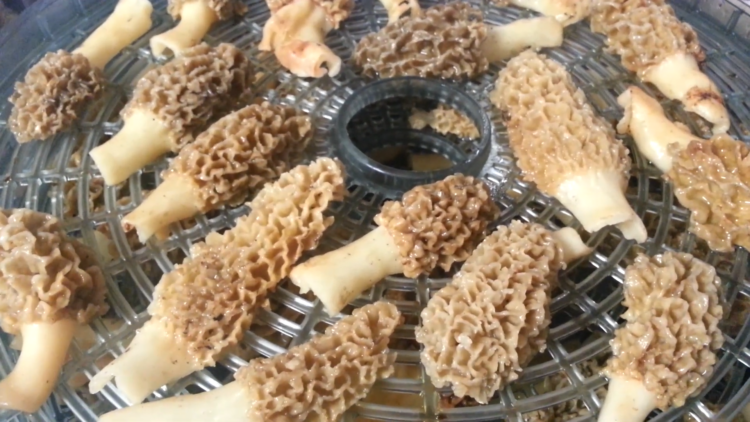
Flash freezing is a method where food items are frozen quickly at extremely low temperatures. This technique is particularly useful for preserving the flavor and texture of delicate items like morel mushrooms.
Start by arranging the blanched and dried morels on a baking sheet lined with parchment paper. Make sure that they are spaced out and not touching each other, to prevent them from sticking together during freezing. Place the tray in the freezer and freeze the morels until they are solid, which usually takes a few hours.
Flash freezing in this way allows each mushroom to freeze individually, rather than in a large clump. This not only helps to maintain the texture of the morels but also makes it easier for you to take out and use as many of them as you need at a time.
Packaging
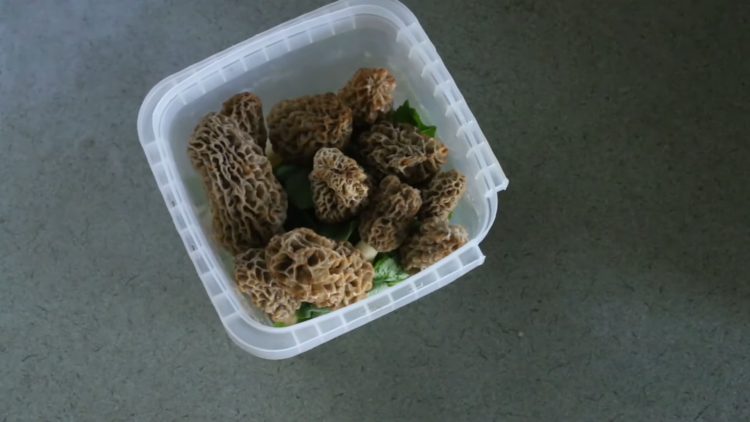
Once the morel mushrooms are frozen solid, it’s time to pack them for long-term storage. Proper packaging is crucial to protect them from freezer burn, a condition that can affect the texture and flavor.
For packaging, you can use airtight containers or freezer bags. If you’re using bags, make sure to squeeze out as much air as possible before sealing. It’s also a good idea to double-bag them to provide an extra layer of protection.
Remember, the goal is to keep the morels as airtight as possible. This not only helps to prevent freezer burn but also prevents them from absorbing any off-flavors from other items in the freezer.
Labeling and Dating
Once your morels are packaged, it’s essential to label and date each container or bag. Over time, all frozen foods start to look alike, and it can be difficult to remember when each item was frozen. Labeling helps you quickly identify the contents, and dating helps you keep track of how long the mushrooms have been stored.
When labeling, write the contents and the date of freezing clearly with a permanent marker. If you’re freezing different batches of morels, it’s also a good idea to include any specific information about the batch, like whether they are whole or sliced.
Regularly rotating your stock and using the oldest ones first ensures that you’re always using the freshest possible product. Most guidelines suggest that frozen morels should be used within 9-12 months for the best quality, although they will remain safe to eat beyond this time.
Storing
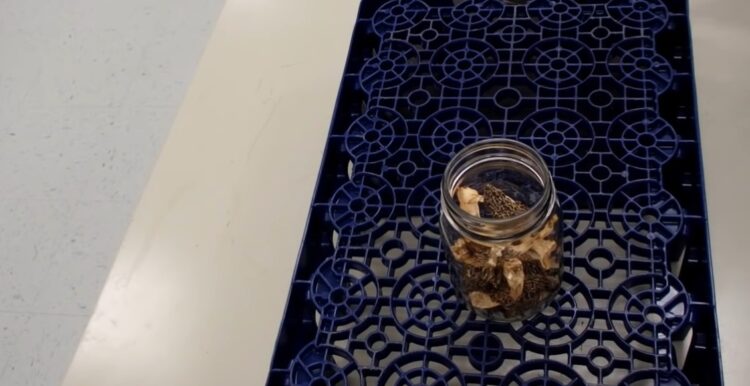
For long-term storage, it’s best to keep the morels in a deep freeze at a consistent temperature of 0°F (-18°C) or lower.
While the freezer in your kitchen will work perfectly fine, the temperature in these units can fluctuate when the door is opened frequently. If you have a separate deep freezer that maintains a steady temperature, it’s the best choice for storing.
As previously mentioned, frozen morels can last up to 9-12 months with good quality. However, remember that while freezing can extend the life of the mushrooms significantly, it won’t last forever. It’s a good idea to use the frozen morels within a year to enjoy their best flavor and texture.
Thawing
When it’s time to use your frozen morels, you’ll need to thaw them. Thawing is a critical step that can significantly affect the texture and flavor, so it’s crucial to do it correctly.
One of the best ways to thaw them is to move them from the freezer to the refrigerator a day before you plan to use them. This slow thawing process helps maintain the mushrooms’ texture.
If you’re in a rush, you can also use the defrost function on your microwave. However, this method should be used sparingly, as it can make mushrooms soggy if not monitored carefully. Always remember that the goal is to thaw them, not cook them.
Once they are thawed, use them as soon as possible. Like fresh morels, thawed ones have a short shelf life and should be used within a few days.
Usage in different recipes
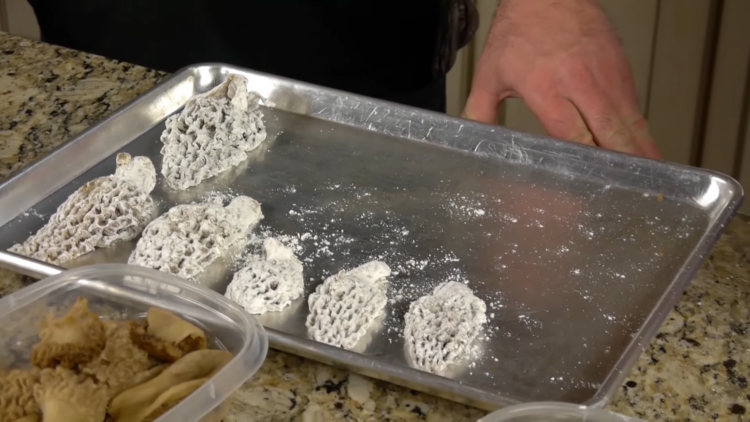
Frozen morel mushrooms are extremely versatile and can be used in a variety of dishes. Because they’ve been blanched, they’re partially cooked and can be added directly to recipes.
One of the simplest and most delicious ways to use them is to sauté them in butter with a bit of garlic. This not only brings out their natural flavors but also adds a touch of richness that makes them truly irresistible.
Morels can also be used in pasta dishes, risottos, soups, and stews. They pair wonderfully with creamy sauces, and their unique flavor can elevate even the simplest of dishes.
Remember, though, that while frozen morels are convenient and tasty, they do have a slightly different texture than fresh ones. It’s best to use them in recipes where the texture of the mushroom is not the main focus.
FAQs:
Are frozen morel mushrooms as good as fresh ones?
While frozen morel mushrooms can retain much of their flavor and texture, they may not have the exact same qualities as fresh ones. However, they are still an excellent option when fresh morels are not available.
Can I freeze morel mushrooms without blanching them?
While blanching is highly recommended, you can freeze them without blanching, but they may not retain their quality and may develop a slightly altered texture.
Can I freeze morel mushrooms for pickling or drying purposes?
Freezing is primarily done to preserve their freshness and flavor. If you intend to pickle or dry them, different preservation methods are recommended.
Can I refreeze morel mushrooms after they have been thawed?
It is generally not recommended to refreeze them once they have been thawed, as it can affect their quality and texture.
Can I thaw frozen morel mushrooms at room temperature?
It’s not recommended to thaw them at room temperature, as it can promote bacterial growth and compromise their quality.
Conclusion
Freezing morel mushrooms is a great way to extend their short season and make these precious fungi available for your culinary creations throughout the year. While it might seem like a daunting process, with a little bit of patience and the right techniques, you can successfully preserve the wonderful flavor and texture of morels.
From cleaning and blanching to flash-freezing and proper packaging, each step plays a crucial role in ensuring that your frozen morels are of the highest quality. Remember to label and date your packages, and aim to use them within a year for the best results.
So, next time you’re lucky enough to get your hands on some fresh morels, don’t hesitate to freeze some. You’ll be grateful for the taste of spring in the middle of winter.




